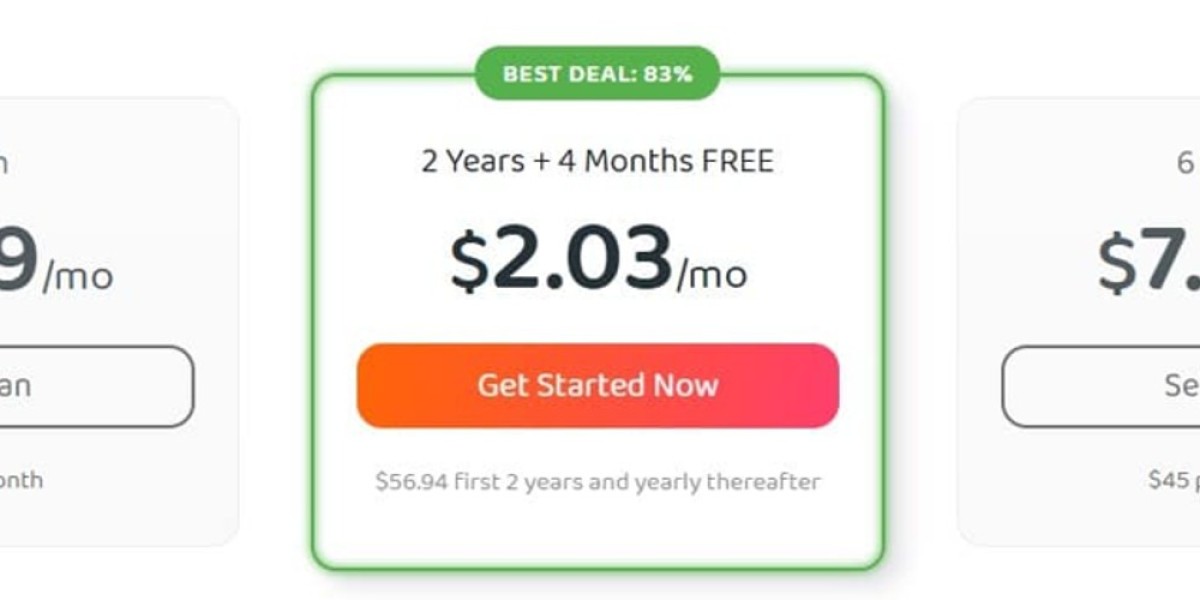In the fiercely competitive hotel industry, maximizing revenue is an ongoing battle. While there are numerous factors to consider, effectively tracking and analyzing key performance indicators (KPIs) is crucial for making informed decisions and optimizing your revenue management strategy. For modern hoteliers, content marketing for hotels is another essential aspect of driving awareness and boosting bookings.
Critical Takeaways
Occupancy Rate: The percentage of rooms sold on a given night. A key indicator of overall demand and revenue generation.
Average Daily Rate (ADR): The average price of a room sold on a given night. Impacts total revenue and profitability.
Revenue per Available Room (RevPAR): A metric that combines occupancy rate and ADR. Provides a holistic view of room revenue performance.
Guest Acquisition Cost (CAC): The cost of acquiring a new guest. Helps you evaluate marketing and sales effectiveness.
Total Revenue per Guest (TRPG): Measures the total revenue generated from each guest during their stay. Identifies opportunities for upselling and cross-selling.
Guest Satisfaction Score: An indicator of guest perception and loyalty. Impacts repeat business and online reputation.
Distribution Channel Performance: Tracks the effectiveness of different booking channels in driving reservations and revenue.
Introduction
As a hotel revenue generation specialist, I’ve witnessed firsthand the transformative power of data-driven decision-making. In today’s dynamic hospitality landscape, simply tracking occupancy rates is no longer sufficient. By implementing a comprehensive revenue management strategy and monitoring key performance indicators (KPIs), you gain valuable insights into your hotel’s performance, identify areas for improvement, and make informed decisions to optimize revenue and profitability.
Let’s explore seven essential revenue management KPIs that every hotelier should track. We’ll delve into their meaning and significance, provide real-life examples, and offer practical tips on using these metrics to maximize your hotel’s success.
Occupancy Rate: The Foundation of Hotel Revenue
The occupancy rate is the most fundamental KPI in hotel revenue management. It represents the percentage of rooms sold on a given night. Here's the formula for calculating occupancy rate:
Occupancy Rate = (Number of Rooms Sold / Total Number of Rooms) x 100
Significance of Occupancy Rate
The occupancy rate directly impacts your hotel’s revenue. A higher occupancy rate translates to more rooms sold and increased revenue. However, it’s crucial to strike a balance between occupancy rate and ADR (average daily rate). Excessively discounting rates to fill rooms can negatively impact profitability.
Industry Benchmarks
According to STR, the global hotel occupancy rate in 2023 reached approximately 68%. This figure varies depending on location, hotel type, seasonality, and other factors.
Optimizing Occupancy Rate
Implement dynamic pricing: Adjust rates based on demand and competitor pricing.
Targeted marketing campaigns: Reach specific guest segments with tailored promotions.
Create attractive packages: Bundle accommodation with services like spa treatments or meals.
Partner with OTAs: Enhance visibility and attract a wider audience.
Average Daily Rate (ADR): Balancing Occupancy with Profitability
The average daily rate (ADR) represents the average price of a room sold on a given night. It is calculated as follows:
ADR = (Total Room Revenue / Number of Rooms Sold)
Significance of ADR
ADR measures revenue per occupied room and is a critical indicator of profitability. However, balancing ADR with occupancy rate is essential to maximize overall revenue.
Also Read: Unveiling the Secrets: A Comprehensive Guide to Resort Weight Loss Program Pricing
Optimizing ADR
Dynamic pricing strategies: Reflect demand fluctuations.
Upselling and cross-selling: Encourage guests to upgrade rooms or add amenities.
Leverage data analytics: Tailor pricing strategies for high-value customer segments.
Value-added packages: Include services like dining or early check-ins.
Revenue per Available Room (RevPAR): The Gold Standard
RevPAR combines occupancy rate and ADR to provide a comprehensive view of room revenue performance. It is calculated as follows:
RevPAR = Occupancy Rate x ADR
Significance of RevPAR
RevPAR provides a holistic understanding of a hotel’s financial health and operational efficiency.
Optimizing RevPAR
Advanced revenue management strategies: Use demand forecasting and competitive analysis.
Guest experience enhancements: Boost loyalty and repeat visits.
Focus on direct bookings: Reduce OTA commissions.
Optimize distribution channels: Streamline your online presence.
Guest Acquisition Cost (CAC): Evaluating Marketing Effectiveness
Guest Acquisition Cost (CAC) measures the expense of attracting a new guest. The formula is:
CAC = Total Cost of Customer Acquisition / Number of New Customers Acquired
Significance of CAC
Lowering CAC increases your marketing ROI and ensures sustainable profitability.
Optimizing CAC
Invest in direct booking incentives: Reduce reliance on OTAs.
Loyalty programs: Encourage repeat bookings.
Targeted marketing efforts: Focus on high-value segments.
Total Revenue per Guest (TRPG): Beyond Room Rates
TRPG measures total revenue generated from each guest, including ancillary services. The formula is:
TRPG = Total Revenue Generated from Guest / Number of Guests
Significance of TRPG
TRPG highlights opportunities for upselling and cross-selling, improving overall profitability.
Optimizing TRPG
Upselling strategies: Offer upgrades and additional services.
Enticing packages: Combine accommodation with local experiences.
Personalized offers: Use guest data to tailor promotions.
Guest Satisfaction Score (GSS): Measuring Loyalty and Perception
Guest satisfaction is essential for long-term success. GSS reflects guests’ overall experience.
Measuring GSS
Guest surveys: Collect feedback post-stay.
Online reviews: Monitor platforms like TripAdvisor.
In-person feedback: Gather input during the stay.
Optimizing GSS
Exceptional service: Train staff to exceed expectations.
Address concerns promptly: Respond professionally to all feedback.
Facility enhancements: Regularly upgrade amenities.
Personalization: Create unique experiences for returning guests.
Distribution Channel Performance: Analyzing Booking Sources
Tracking the performance of distribution channels is critical for optimizing revenue. Key metrics include:
Booking volume: Reservations per channel.
Revenue per booking: Average revenue by channel.
Cost per booking: Expenses like OTA commissions.
Optimizing Channel Performance
Direct booking incentives: Offer exclusive perks.
Negotiate OTA commissions: Lower fees for better margins.
Metasearch engines: Increase visibility on platforms like Google Hotels.
Conclusion
In today’s competitive market, tracking and analyzing revenue management KPIs is non-negotiable. By leveraging these insights, you can optimize pricing, inventory, and guest experience to drive profitability.
To take your hotel’s revenue strategy to the next level, consider incorporating innovative programs like the Emersion Wellness weight loss initiative. This program attracts health-conscious travelers, boosts room bookings, and increases revenue in spa and dining outlets.
Contact Emersion Wellness today at https://emersionwellness.com/contact-us/ to unlock new revenue streams and maximize your hotel’s potential.
FAQs
What are the top hotel revenue management KPIs? Occupancy Rate, ADR, RevPAR, CAC, TRPG, GSS, and Distribution Channel Performance.
How can I improve occupancy rate? Implement dynamic pricing, create targeted campaigns, and partner with OTAs.
How do I increase ADR? Upsell and offer value-added packages.
Why is RevPAR important? It provides a comprehensive measure of revenue performance.
How can I lower CAC? Focus on direct bookings and loyalty programs.
What boosts TRPG? Upselling, personalized offers, and package deals.
How is GSS measured? Through surveys, reviews, and in-person feedback.
How can I optimize distribution channels? Use metasearch engines, incentivize direct bookings, and negotiate OTA rates.



